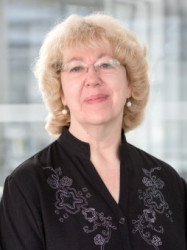BibTex format
@article{Pitoulis:2022:cvr/cvab084,
author = {Pitoulis, FG and Nunez-Toldra, R and Xiao, K and Kit-Anan, W and Mitzka, S and Jabbour, RJ and Harding, SE and Perbellini, F and Thum, T and de, Tombe PP and Terracciano, CM},
doi = {cvr/cvab084},
journal = {Cardiovascular Research},
pages = {814--827},
title = {Remodelling of adult cardiac tissue subjected to physiological and pathological mechanical load in vitro},
url = {http://dx.doi.org/10.1093/cvr/cvab084},
volume = {118},
year = {2022}
}

